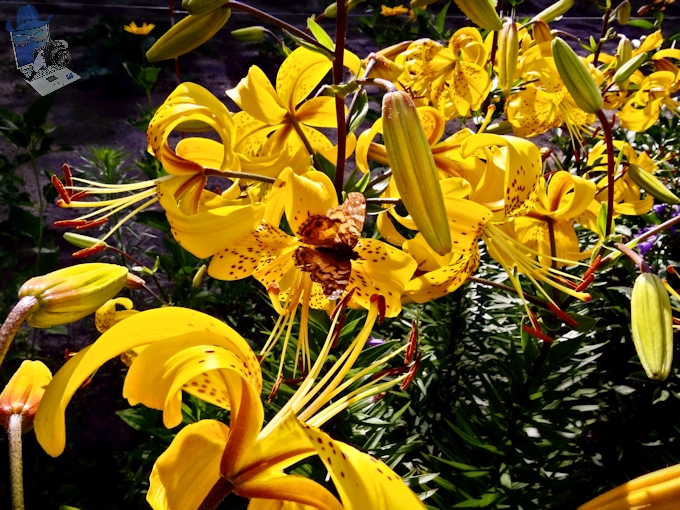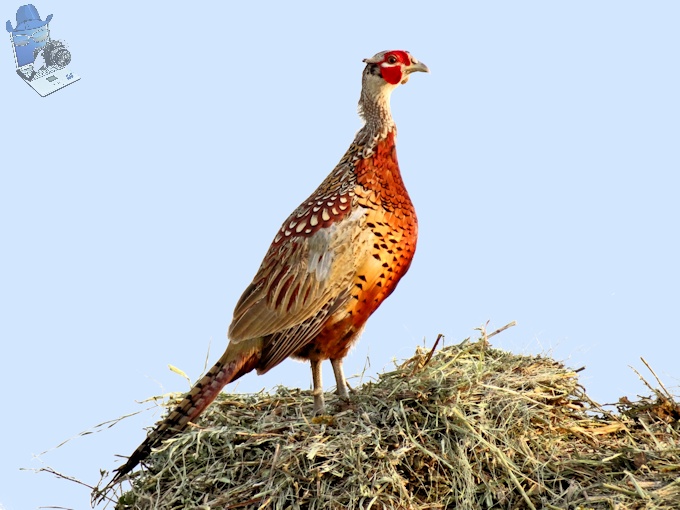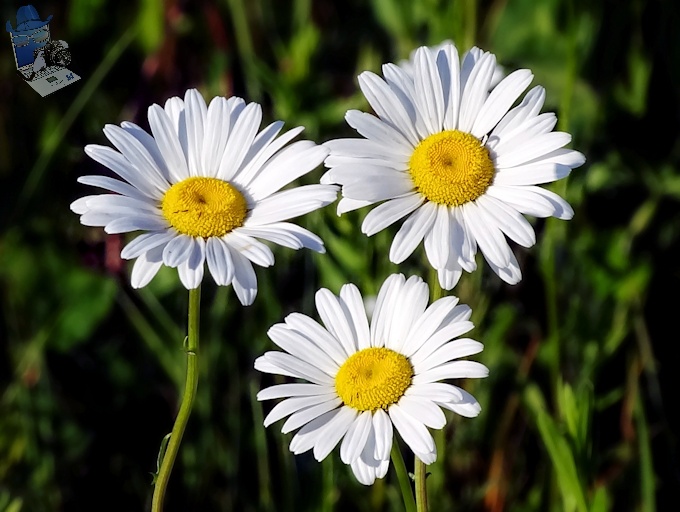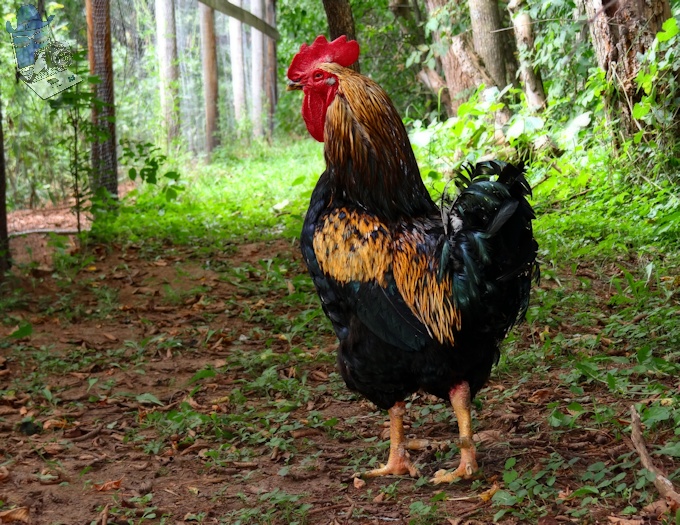The grey days of November are continuing into December so I might have to do a yellow theme this week just to have some bright colors to help pretend that it is not so cloudy outside. This picture might not have a lot of yellow but does make me think of summer.
The Taylor Falls Princess is 78 feet long and travels the St. Croix River near Taylor Falls, MN. And while the St. Croix River is very deep in some spots like the narrow basalt gorge of the Dalles area, the river does widen out once past the hard rocks and can get very shallow so the loaded draft is only 1.5 feet for the Princess.
Taylor Falls Princess











